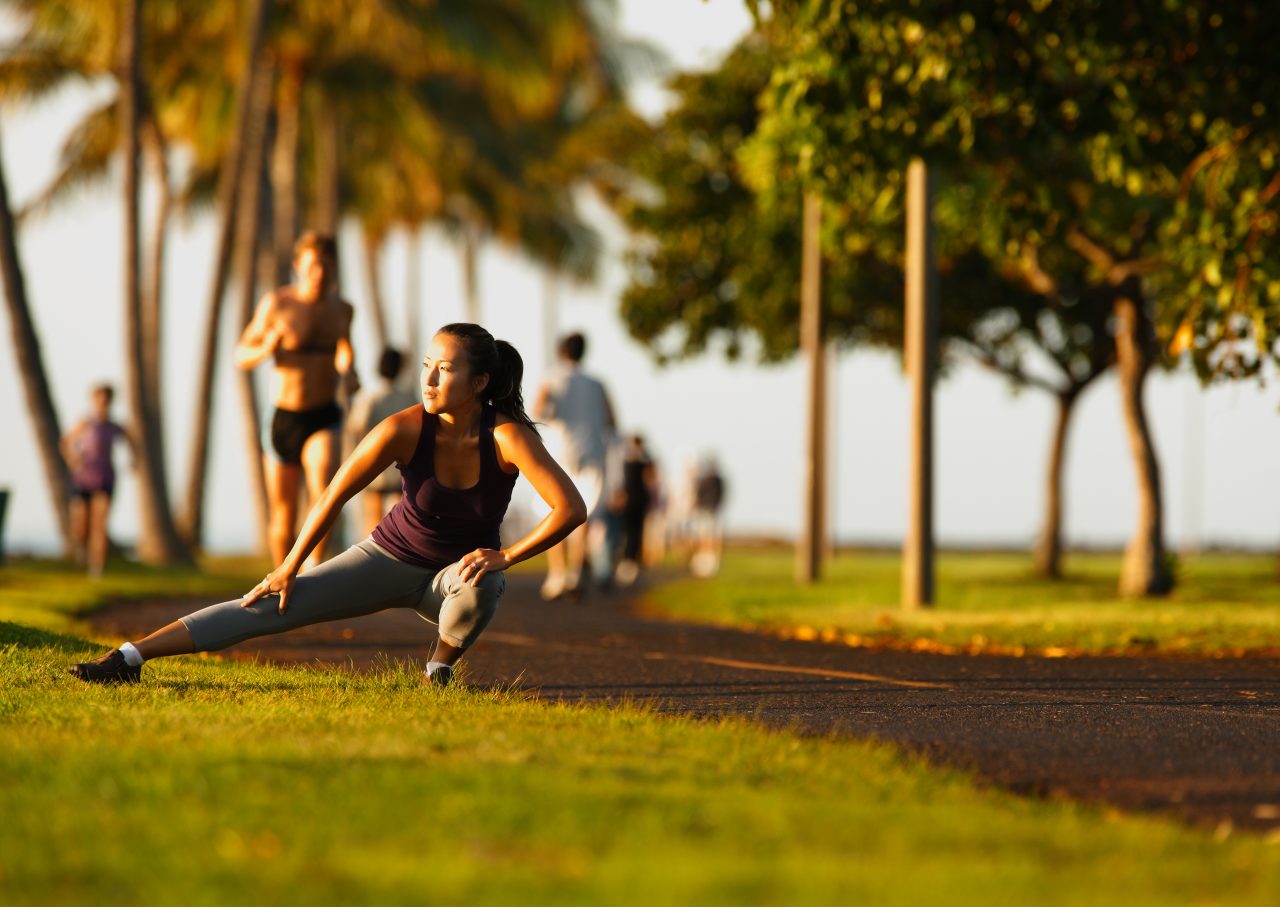Tips For Exercising During Summer
Last summer I remember exercising during an intense Sacramento heat wave. During my session I noticed that I was sweating more than usual, my warm-up sets felt like my one rep max, and I started getting light headed. I sat down and tried to catch my breath but the room started spinning. My friend gave me water and I gradually felt better afterwards.
During exercise your blood flow increases and generates heat. As the outside temperature increases your body has to work harder to cool itself off while at the same time keep up with the demands of your exercise. In my case, since I could not handle both exercise and the heat, I experienced heat exhaustion.
The most common signs and symptoms of heat exhaustion include:
- Muscle cramps
- Profuse sweating
- Fatigue
- Nausea
- Headache
If you experience any of the symptoms above, it is essential that you lower your body temperature and hydrate immediately. I was lucky enough to have my friend around to help me re-hydrate and cool off. Other treatment tips are to remove yourself from heat and rest, take a cool shower or bath, or apply external cooling measures such as fans or ice towels. The neck, forehead, and under your arms are areas that can benefit greatly from cooling.
Heat exhaustion is preventable with adequate water intake and rest. However, if not treated, heat exhaustion can lead to heat stroke. This is when the body rises above 104 degrees Fahrenheit and you lose consciousness. There have been cases of severe injury to those who suffer heat stroke, which range from professional athletes to older adults.
Heat exhaustion and stroke can be prevented! Try these tips below:
- Exercise before or after peak sun hours. Any time before 10am and after 5pm are recommended. Reschedule a workout if the temperature is above 100 degrees Fahrenheit ; otherwise, your performance will be affected and you are at greater risk of injury or heat related illnesses.
- Slow down and pace yourself. You probably won’t break any personal records as heat can limit exercise intensity. Listen to your body and see what works best for you.
- If you have no other choice but to exercise during noon, please acclimate yourself. Your body can take 14 days to adjust to temperature changes. Try 10-15 minutes at a time and slowly build up your endurance.
- Wear lightweight protective clothing and hat. Apply plenty of sunscreen (UVA/UVB protection and minimum SPF 30 or more) and wear sunglasses. Lighter colors will help reflect sunlight while darker colors will absorb light, which will increase temperature.
- Drink extra fluids if you are planning on going out to exercise. The general recommendation is to drink 24 ounces of fluid before exercise and 8 ounces after. If you are thirsty then you are most likely already dehydrated.
Have a fun and safe summer!


 This website uses several features that are not available to the browser you are using.
This website uses several features that are not available to the browser you are using.